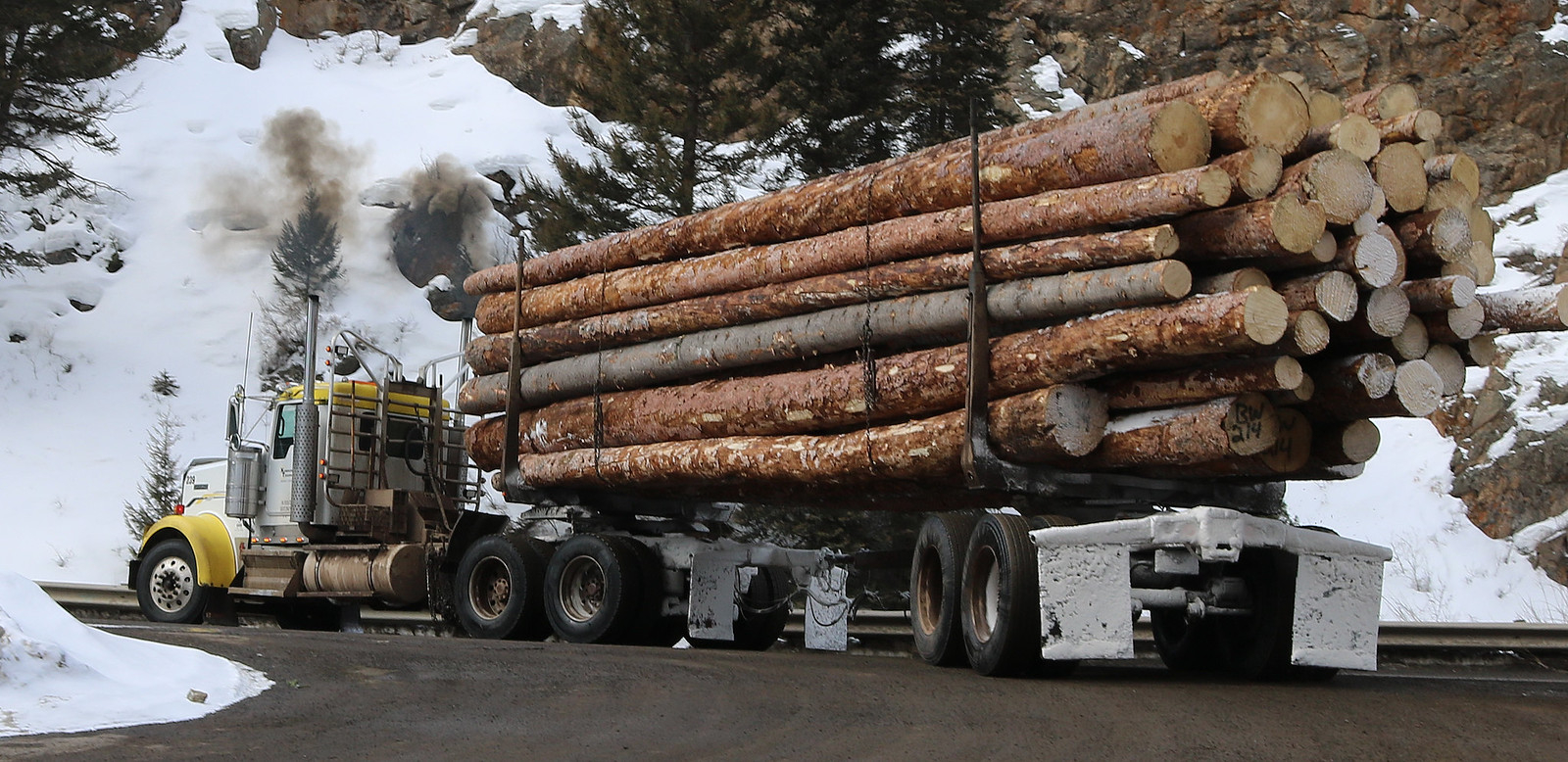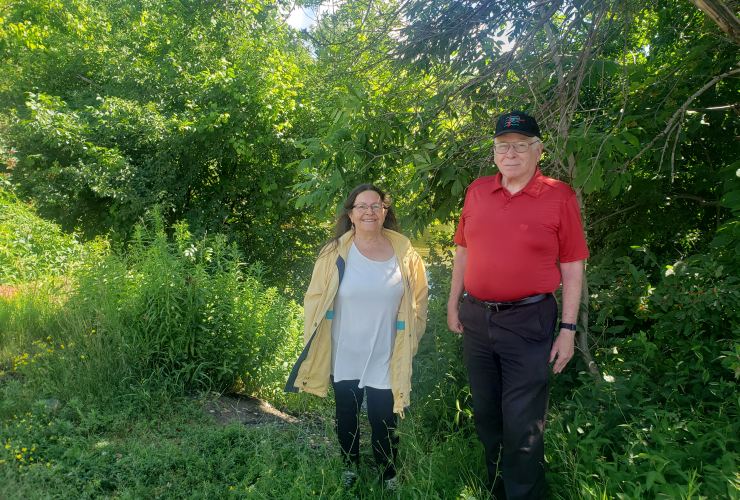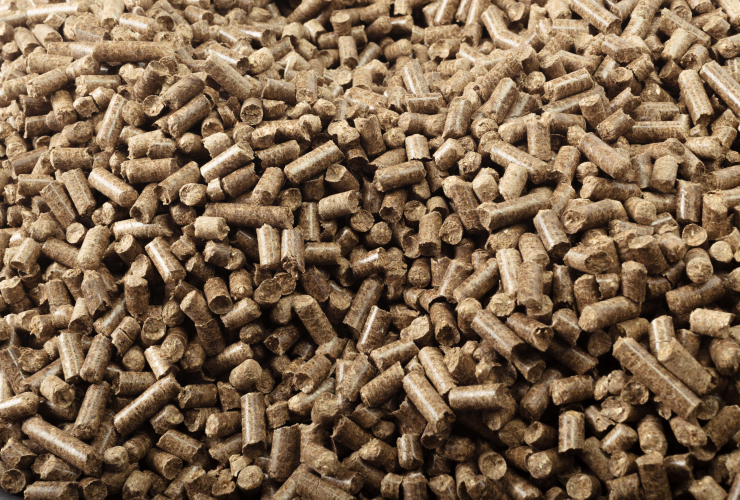This story was originally published by Grist and appears here as part of the Climate Desk collaboration
Whether used to heat your house or build it, wood is often touted as carbon-neutral, especially by biofuel and lumber companies and even some environmentalists. The logic seems simple enough: Sure, logging unleashes planet-warming carbon into the air, but that can be replaced with new trees that suck carbon back out of the air.
But this doesn’t reflect how the emissions from harvesting wood actually work, according to a paper published this week in Nature. Even when the carbon captured by new trees is taken into account, wood consumption accounts for about one-tenth of the world’s annual greenhouse gas emissions, the study’s authors found — less than electricity and heat generation, but more than passenger cars.
“The bottom line is you got a lot of emissions coming from wood harvest, and we don’t pay attention to that,” said Tim Searchinger, senior fellow and technical director for agriculture, forestry and ecosystems at the World Resources Institute and a co-author of the paper.
The emissions associated with timber harvests mainly come from burning logs and pellets for fuel and from rotting branches, leaves and roots left in the forest or tossed in landfills, where they decompose and release carbon into the air.
Searchinger and his colleagues found that global demand for wood will grow by 54 per cent between 2010 and 2050, largely driven by fuel and timber products like woodchips, as well as paper and cardboard. Logging to meet that demand will cover an area roughly equivalent to clear-cutting the entire continental U.S. The resulting climate pollution is likely to measure 3.5 to 4.2 billion tons of carbon dioxide each year — about three times the emissions from aviation and roughly equal to the deforestation caused by agriculture.
“That struck me as high,” said Richard Houghton, a former senior scientist at the Woodwell Climate Research Center in Falmouth, Mass., who was not involved in the Nature study. “It surprises me that harvesting [wood] and lost carbon from wood products could be 10 per cent” of total global carbon pollution.
Searchinger argues that researchers and policymakers haven’t accurately estimated the climate cost of wood use in part because they’ve counted carbon-capturing forest growth as an “offset” — as if new trees compensated for the missing ones — even when that growth would happen naturally. When trees are in the ground, especially when they’re young and growing fast, they absorb carbon. Many of the forests in the Northern Hemisphere were cleared in past centuries and are now regrowing and accumulating carbon on their own, whether or not they’ve been logged recently.
Even for older forests that aren’t regrowing as quickly, “you’d be better off” leaving them unharvested, said Houghton, noting that we’ve got a “long way to go” before our use of wood is efficient enough — say, by not burning so much of it — that the emissions from logging could be fully offset by forest regrowth.
Still, Searchinger said there’s a silver lining to the study. His team’s findings don’t mean that more carbon dioxide is getting into the atmosphere than scientists had thought, just that some of those emissions are coming from an activity that hadn’t been accounted for. And it can be fixed: This big chunk of pollution is human-caused and can be human-reversed. In other words, governments can take steps to reduce the emissions by limiting logging and encouraging more efficient uses of wood, like burning less of it, Searchinger said. The alternative means an even hotter, smokier planet. “If we don’t do anything,” he said, “these emissions are going to grow.”
Decades ago, there was a sci
Decades ago, there was a sci-fi book entitled "The word for world is forest". I never got around to reading it - and it is probably out of print now...but I can imagine its contents and suggest that whoever holds the copyright, should reprint it.
Studies show that trees live longer when they are not cut down. (or burnt alive,)
Water cleans many things but it cannot clean itself.
Just some aphorisms I've collected over the years.
Ursula K. Le Guin. I
Ursula K. Le Guin. I actually just got around to reading it recently--had it on my "waiting to read" bookshelf for years and years. It's interesting; shows its age in the writing style, but it's very anti-colonial. And somewhat anti-old-school-SF; some of the people who get it in the neck are totally your classic 50s-SF steely-eyed "rational" hero types, exposed as violent racist bastards.
This article misses one of
This article misses one of the biggest elements by a country mile: the soil. There is a massive live biological community below ground consisting of roots that are interconnected over square kilometres by beneficial mats of fungus filaments.
No one is arguing that industrial forestry must change, but this piece tends to lean toward those who would stop logging altogether, not redesign it to adhere to forest ecological health instead of the bottom line pillaging found in clearcutting, especially on slopes where erosion washes away the soil. Soil that is heavily disturbed by machinery and exposed to the atmosphere releases major amounts of CO2, a fact not mentioned in this piece.
Stop burning slash and making pellets. Cancel clearcutting methodology. Ban raw log exports. Change forest resource management and planning practices to foster more conservation and preservation, especially regarding old growth and Riparian habitat. Utilize forest ecology principles when managing a designated woodlot, namely protecting the health of the soil, maintaining continuous forest cover in a mixed species environment, and allowing only selective thinning. It is possible to have a healthy, productive forest with a predictable annual harvest under strict rules. This will employ fewer people than yesterday's discredited rip n ship model, but their jobs will be permanent and not subject to falldown after the resource has been depleted.
Add to this deep research into climate heating impacts on the northern forest. Firs and pines will no doubt supplant cedars as the climate impacts mount. Fire is a fact of life. Southern species like sequoia will likely slowly migrate north toward their natural temperature and precipitation balance. Redwoods are very hardy (within limits) and BC could become a sanctuary for Sequoiadendron sepmervirens (coast redwood) which are now slowly dying out in California due to climate heating and drought.
I believe that forestry can thrive in our changing world, but not in its current form. And when articles on climate impacts on forests are published, they are not up to proper reporting and journalistic standards when they omit half the story -- the soil.
"Fire is a fact of life..."
"Fire is a fact of life..." that must be anticipated, mitigated when possible and planned for when forests and communities are in close proximity. Firebreaks between homes and the forest edge should be generous, and buildings should have non-combustible exterior materials. Buildings should also be very energy efficient and have continuous airflow and micro filtration in areas subject to annual bouts of forest fire smoke. Subdivisions would ideally be converted into compact towns with a municipal rainwater and grey water harvesting collection and storage system that can be tapped and pumped for fire suppression and irrigation of public parks.
All the above needs to be built into planning and zoning bylaws and building codes.
Looking at the article it
Looking at the article it almost seems as if there are two separate issues here, not one. That is, there is cutting down trees for the purpose of using wood to make things, and then there is cutting down trees for the purpose of burning it. Most of the emissions, it is mentioned, come from that second thing. So like, the simple, first priority would be to stop burning wood for fuel on the pretense that it's carbon neutral. And luckily, the solution there is the same as the solution for fossil fuels: Make with plenty of renewable power, and conserve energy better. We can do that.
Solutions for other uses of wood are trickier, so it's good that's also a smaller part of the problem.






Comments